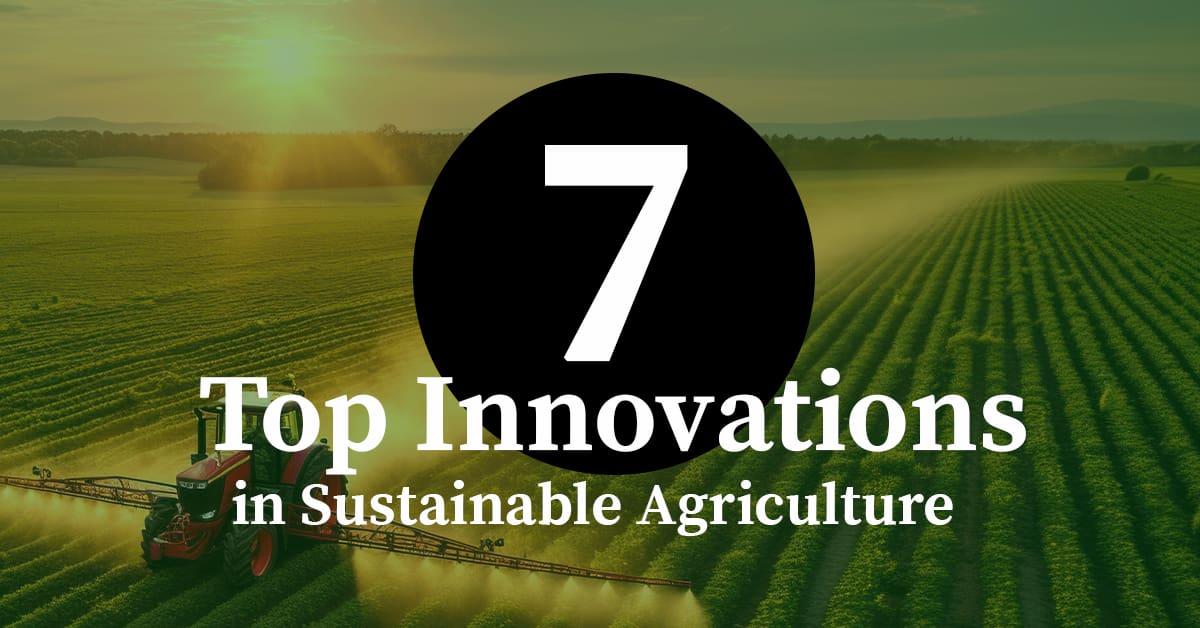More than 1,400 professionals from more than 70 countries attended the Biostimulants World Congress 2023 in Milan from Nov. 28-Dec. 1 and represented more than 600 companies. Five AgriThority® staff were present to attend sessions, work the booth and meet attendees. Many researchers, companies and industry leaders spoke on topics affecting every angle of biostimulants, and a few trends emerged.

- Climate Change needs to change our perspective. The conference opened with Scientific Committee Co-Chair Patrick du Jardin, Professor and Head of the Plant Biology Laboratory at Gembloux Agro-Bio Tech – University of Liège, sharing the findings from this study, “Anthropogenic climate change has slowed global agricultural productivity growth.” The basis of his message is that the changing climate has wiped out about seven years of agriculture productivity improvement.
- Think differently about plant health. du Jardin challenged the attendees, “Plant care is more than plant cure.” He also said, “We need to move from negative health, the absence of disease, to a positive health concept: a plant has the capacity to carry out its physiological functions to the best of its genetic potential.”
- There’s a lot more to learn about the soil microbiome, but we do know it’s a key for the future. Christoph Tebbe, Scientific Director at The Thünen Institute, Federal Research Institute for Rural Areas, Forestry and Fisheries, said in his session, “Soil microbiomes are NOT randomized mixtures of different taxa, but highly organized social biological structures. Using and managing soil microbiomes is a key for transformation to a more sustainable agriculture.”
-

The AgriThority® team had a great week of meetings and discussions around biostimulants. Regulatory issues won’t be resolved any time soon. Great efforts are being made in most regions to legislate and regulate biostimulants to facilitate their registration and market access by standardizing and unifying processes. However, the definitions and progress of the discussions face numerous challenges and controversies due to the wide range of biostimulants existing and their multiple mode of actions, among others. Speeding up time and a clear legal framework have become necessary for manufacturers across the world.
- Biostimulants are integral to the future. Biostimulants have a myriad of uses. They can increase plant health, soil health and crop stress tolerance favoring more sustainable production. The possible uses are nearly endless. But that also creates a knowledge gap to educate farmers on each biostimulant: how and where to use it, in combination with conventional chemistry or other biostimulants, and what type of conditions or soil does it work best in. Grower education and their active role are perhaps more important now than ever to see biostimulants reach their fullest potential.
The future is looking bright for biostimulants with many research projects, trials and innovation advancing the opportunities. Reach out to AgriThority® to help you fully develop your new technology for this changing world.



